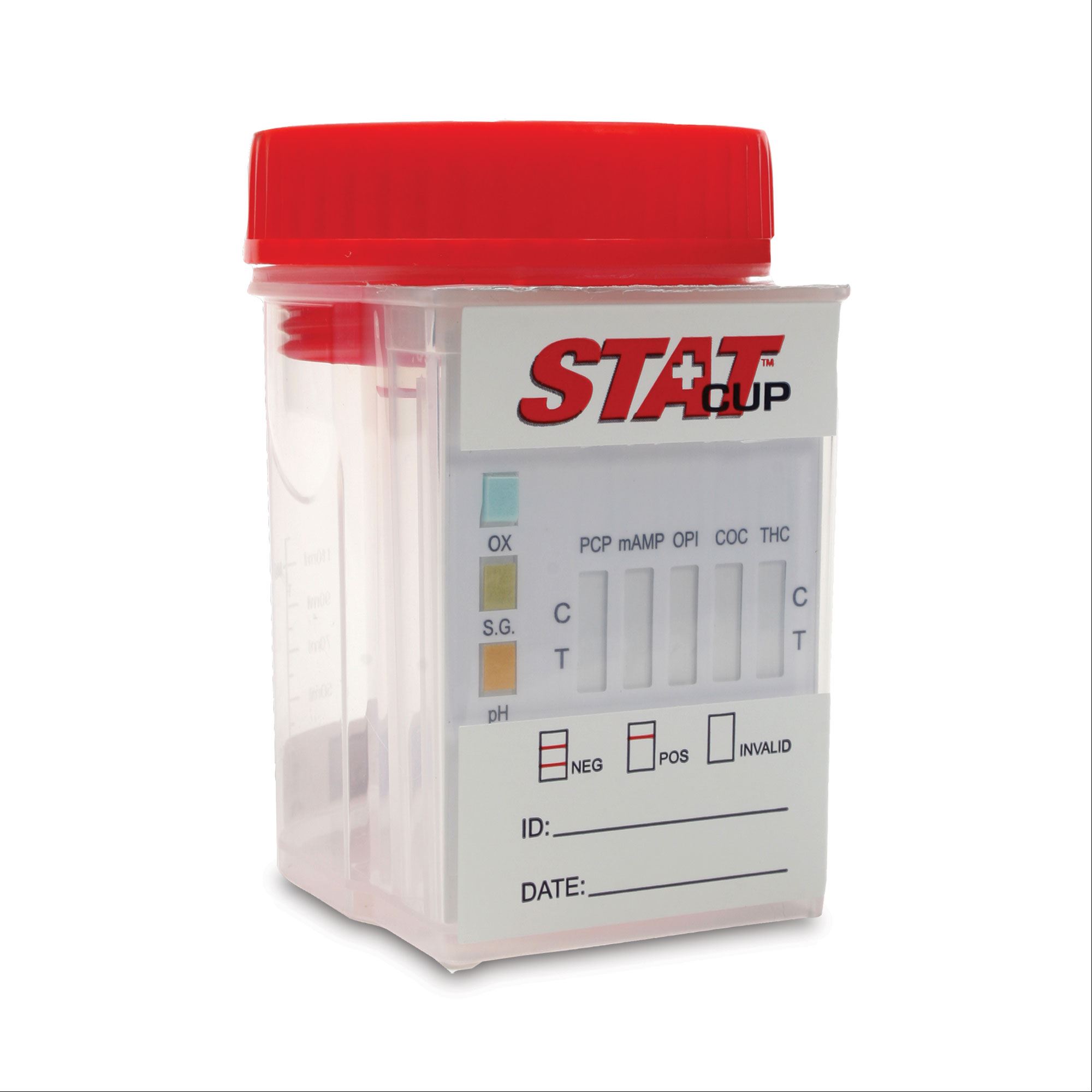
If the screening test is positive (a reaction greater than the cutoff), then a mass spectrometry (MS) confirmation test is performed to determine which specific compounds, amphetamine and/or methamphetamine, are present.

The first test is an immunoassay (IA) screening test for the amphetamine class of medications, which includes both amphetamines and methamphetamines. A positive methamphetamine test could be caused by use of an OTC product, a prescription drug, or illicit use (Table 1).⁵⁻⁸ The laboratory may run up to 3 distinct tests to produce a complete amphetamine profile. The clinician needs this critical information because without the d:l-isomer ratio, the clinician is unable to narrow down the potential sources of the methamphetamine. The challenge for the laboratory is to differentiate between the d and the l isomer forms of methamphetamine. This has prompted restrictions on the distribution of these over-the-counter (OTC) medications. Besides prescription sources, methamphetamine (ie, “crystal meth”) can also be produced in small, clandestine laboratories using ephedrine or pseudoephedrine as a key ingredient. Didrex is metabolized to methamphetamine. In addition, benzphetamine (Didrex) is a schedule III medication approved for treatment of obesity. In the United States, methamphetamine is a schedule II drug and is approved for treating both attention deficit hyperactivity disorder and obesity under the brand name Desoxyn. According to the Drug Abuse Warning Network, 6.6% of emergency department visits involving illicit drugs in 2009 were due to methamphetamine.³ Methamphetamine produces subjective effects that are similar to those of cocaine, and it is for this reason that it is often a medication of abuse.¹In 2011, 133,000 persons aged 12 years or older abused methamphetamine for the first time and the overall number of past-month methamphetamine abusers was 439,000.²Methamphetamine abuse carries significant morbidity. Small doses have central stimulant effects without significant peripheral actions. Methamphetamine increases synaptic dopamine, primarily by stimulating presynaptic release rather than by blocking reuptake.


 0 kommentar(er)
0 kommentar(er)
